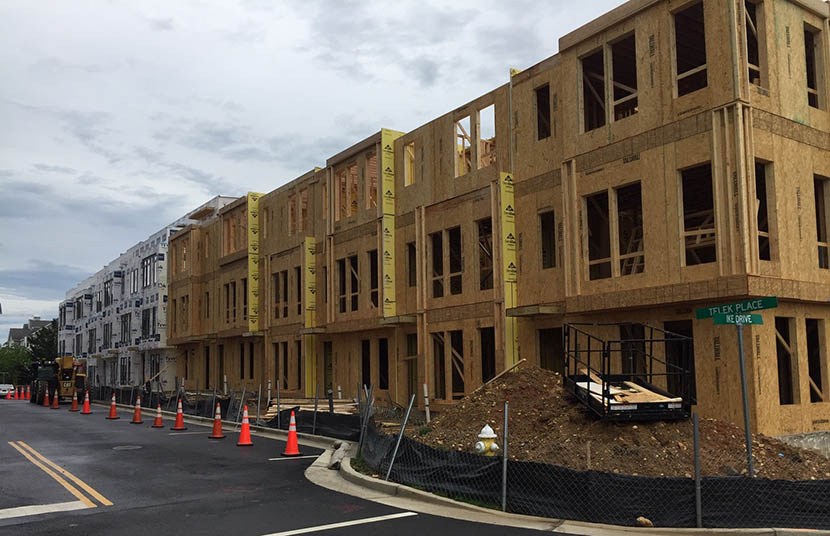
Home Builder Confidence Rebounds from Historic April Drop

After suffering the largest single-month decline in its history in April, the National Association of Home Builders/Wells Fargo Housing Market Index rebounded in May, sort of.
The Index, which measures home builder sentiment about market conditions, increased by seven points in May to 37. That number, however, is still well below the median benchmark of 50, in which scores below suggest home builders believe market conditions are unfavorable.
Every HMI index posted gains in May. The HMI index gauging current sales conditions increased six points to 42; the component measuring sales expectations in the next six months jumped 10 points to 46; and the measure charting traffic of prospective buyers rose eight points to 21.
Looking at the monthly average regional HMI scores, the Midwest increased seven points to 32; the South rose eight points to 42; and West posted a 12-point gain to 44. The Northeast fell two points to 17.
NAHB Chairman Dean Mon said May’s report signaled the housing market is showing signs of stabilizing and gradually moving forward in the wake of the COVID-19 pandemic.
“The fact that most states classified housing as an essential business during this crisis helped to keep many residential construction workers on the job, and this is reflected in our latest builder survey,” Mon said. “At the same time, builders are showing flexibility in this new business environment by making sure buyers have the knowledge and access to the homes they are seeking through innovative measures such as social media, virtual tours and online closings.”
“Low interest rates are helping to sustain demand,” said NAHB Chief Economist Robert Dietz. “As many states and localities across the nation lift stay-at-home orders and more furloughed workers return to their jobs, we expect this demand will strengthen. Other indicators that suggest a housing rebound include mortgage application data that has posted four weeks of gains and signs that buyer traffic has improved in housing markets in recent weeks. However, high unemployment and supply-side challenges including builder loan access and building material availability are near-term limiting factors.”
Las week, the Mortgage Bankers Association Builder Applications Survey data for April show mortgage applications for new home purchases decreased by 12 percent compared from a year ago and by 25 percent from March.
By product type, conventional loans composed 62.0 percent of loan applications, FHA loans composed 23.3 percent, RHS/USDA loans composed 1.2 percent and VA loans composed 13.5 percent. The average loan size of new homes decreased from $344,556 in March to $334,641 in April.
MBA estimated new single-family home sales at a seasonally adjusted annual rate of 533,000 units in April, based on data from the BAS, a decrease of 23.5 percent from the March pace of 697,000 units. On an unadjusted basis, MBA estimated 51,000 new home sales in April, a decrease of 28.2 percent from 71,000 new home sales in March.
